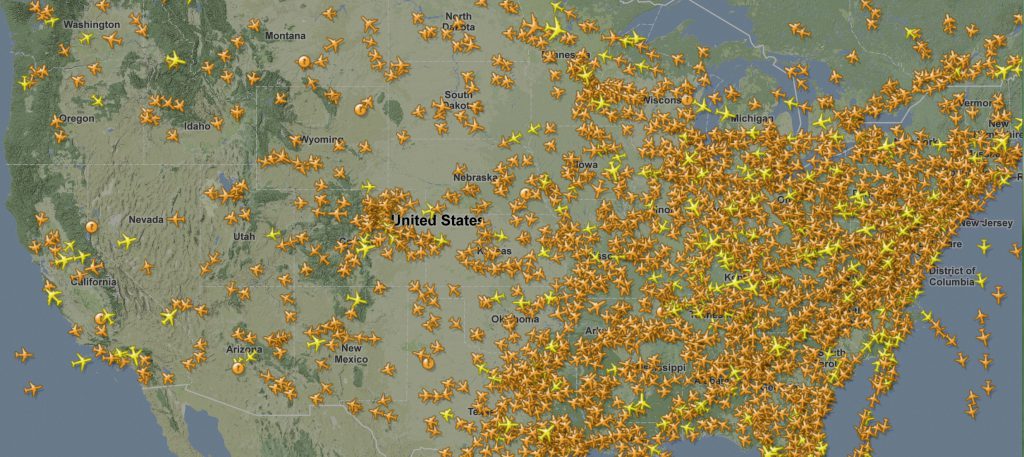I have been working in hospitals in some capacity since the Fall of 1988 so my Silver Anniversary is soon approaching and thought I would reflect on many discussions and comparisons I have heard related to how healthcare is compared or should be compared to other industries.
Since first being an orderly, then an emergency room technician, med student, intern, resident, fellow, staff/attending physician, in break rooms, cafeterias, lounges, meetings, locker rooms, bars and restaurants with other health care providers at many levels, the question in some form is asked “Why can’t healthcare be more like the airline industry?” or “What other industries are there that we in healthcare should compare ourselves to and try to measure outcomes and performance metrics with?”
Banking, finance, airlines, hotels, casinos, railroads, NASA, CIA and the FBI are often times mentioned as other industries and organizations, healthcare, integrated healthcare delivery systems, hospitals or “stand-alone medical treatment facilities” that we in the health business should look at for guidance.
It is a relevant comparison on many levels – need to keep data safe, secure, yet accessible on a broad scale, particularly with growing integrated healthcare delivery systems, collection of that data from multiple sources over multiple points in time that can be viewed in real-time and later mined when needed to connect dots for reaching conclusions.
Airlines of course deal with human lives 24/7/365 on a worldwide scale. Transportation also has huge economic impact in terms of shipping goods and services, much like transportation systems within healthcare, just-in-time and on-time delivery are critical for personnel and organizations.
When the admission systems fail in a hospital, care is delayed. When the ticketing systems fail for the airlines, flights are delayed, as we recently saw with one major carrier.
Air traffic control, like banking, finance and healthcare, I gather needs to insure the traveling public and consumers, that their systems will have a reliability of “99.999%” with multiple layers of redundancy.
If my math is right, with a respectable uptime of 99.99% a year, or downtime occurring at a rate of 0.01%, results in almost 53 minutes a year. 5 “9’s” gets you to a little over 5 minutes of downtime over the course of a year.
Can your healthcare system do this? (click to enlarge)
When was the last time your EMR went down? Your LIS went down? You picked up a slide with the wrong label or stain, or both? A patient named Jones who was a patient of Dr. Smith was actually the patient Smith and Dr. Jones?
You were suppose to get an electrocardiogram and the order was for an echocardiogram?
500 mg was suppose to be 50 mg?
You were admitted for “abdominal pain” and discharged with “nosocomial infection”?
Meanwhile, in the friendly skies, hotels.com using Expedia’s backbone sold you a seat at 50% of retail, left late, allowing you the time you needed because you forgot your contacts and had to run back home, arrived early, got you from point A to point B safely while watching movies with WiFi at 35,000 feet and the best the guy in 14C can complain about is that the seat does not recline or that they ran out of Cranberry Apple Juice.
Seriously, when is the last time you actually bought that at your local supermarket?
That may have been transported at some time in its life by plane?
Perhaps the question is not should we compare ourselves to the airline industry but can we?
If Air Travel Worked Like Healthcare
httpv://www.youtube.com/watch?v=5J67xJKpB6c


































